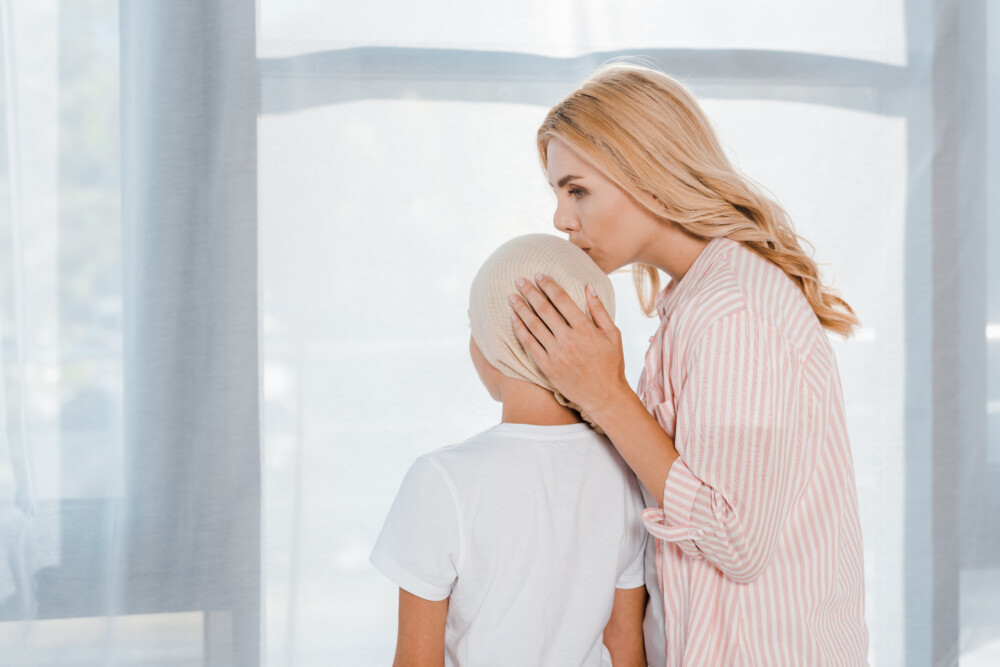DIGITWINS is a research program funded by Imagine for Margo, aimed at gaining a better understanding of high-risk neuroblastoma using artificial intelligence.

About Childhood Neuroblastoma
Neuroblastoma is an extracranial malignant tumor that develops from primitive nerve cells called neuroblasts, which normally form nerve cells in the body. This type of solid tumor is one of the most common in children.
This disease accounts for 10% of solid tumors in children under 15 years old and primarily affects young children, as it is typically diagnosed before the age of five (90% of cases). More than half of the children have metastatic disease at the time of diagnosis. The exact causes of neuroblastoma are unknown, but genetic and environmental factors are believed to play a role in its development.
About DigiTwins
This project is led by an international team of computer scientists, biologists, and clinicians who are developing computer models of patients (digital twins), enabling easier provision of personalized, more effective, and less toxic therapies.
The team started by constructing “DigiTwins” of mouse models of neuroblastoma. These models closely mimic the disease in children and have been successfully used to develop and test new drugs for neuroblastoma. To achieve this, significant advanced computing resources were deployed to integrate a vast array of molecular and genetic data into 5 models. Each type of neuroblastoma had its corresponding DigiTwin. Researchers have begun to virtually model the action of different treatments and identify the one that will be most effective based on genetic characteristics. They have identified that the neuroblastoma model with an MYCN mutation (one of the 5 models) would be significantly weakened by a drug disrupting energy production in mitochondria (cellular organelles responsible for its production). This crucial initial result will be validated in vivo in these mice.
Once the scientific relevance of these DigiTwin models of neuroblastoma is confirmed, these models will be replicated for high-risk neuroblastomas in children. The relevance of human DigiTwins will be evaluated against treatment outcomes in these patients.
The ultimate goal of the DigiTwins project is to pave the way for future clinical studies, where DigiTwins can predict the efficacy of personalized treatments.
Summary of the DigiTwins Project
- Lead Investigators: Drs. Walter Kolch and Niraj Khemka
- Program Duration: January 2023 – January 2025
- Countries Involved: UK, Ireland
- Funding Fight Kids Cancer: €500,000, including Imagine for Margo funding: €283,380

